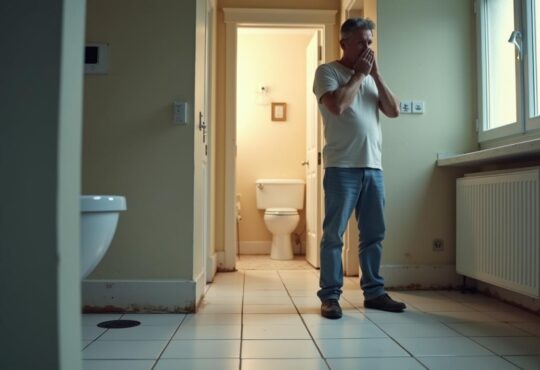
How Does a Toilet Work?
The humble toilet, an indispensable fixture in every household, has been a subject of curiosity for many. Despite its ubiquitous presence, the intricate mechanisms that make it function often go unnoticed. How does a toilet really work? Let’s unravel the ingenious mechanics behind this essential plumbing marvel.
Contents
Anatomy of a Toilet
Before we embark on our exploration of how a toilet operates, let’s familiarize ourselves with its fundamental components. A conventional toilet comprises two primary sections: the tank and the bowl.
The Tank: The Reservoir of Power
Perched atop the bowl, the tank serves as the reservoir that stores and supplies the water necessary for the flushing process. Within this unassuming container lies an intricate assembly of parts, each playing a vital role in the toilet’s operation.
Key Components of the Tank
- Flush Handle or Button: This unassuming lever or button initiates the flushing sequence when activated.
- Flapper Valve or Piston: A rubber or plastic component that seals the flush valve opening, preventing water from entering the bowl until the flush is triggered.
- Flush Valve: A large plastic or metal tube that connects the tank to the bowl, facilitating the release of water during flushing.
- Refill Valve (Ballcock or Float Valve): This mechanism, often with a float ball or cylinder, regulates tank refilling after each flush, ensuring an adequate water supply for the next cycle.
- Overflow Tube: A vertical tube that acts as a safeguard against potential flooding by diverting excess water into the bowl when the refill valve fails to shut off.
The Bowl: The Centerpiece of Efficiency
The bowl is the visible and functional heart of the toilet, where the magic of waste removal takes place. Its sleek design belies the intricate engineering that enables efficient flushing and drainage.
Key Components of the Bowl
- Rim Jets or Rim Holes: These strategically placed openings around the bowl’s rim distribute water evenly during the flush, ensuring thorough cleaning and waste removal.
- Siphon Jet: A specialized jet located at the bottom of the bowl. It is responsible for initiating the siphoning action that evacuates waste and water from the bowl.
- Trapway: The curved, S-shaped passage at the base of the bowl that forms a water seal. This preventing foul odors from entering the living space while allowing waste to exit.
Flushing Sequence: A Choreographed Dance of Water and Waste
Now that we’ve acquainted ourselves with the essential components, let’s unveil the captivating choreography that unfolds when you initiate a flush.
- Triggering the Flush: When you press the flush handle or button, a chain or lift wire connected to the flapper valve or piston is pulled, causing it to lift or rise.
- Water Release: With the flapper valve or piston raised, the tank’s water is released into the bowl through the flush valve, creating a powerful surge.
- Rim Jets in Action: As the water cascades into the bowl, it is evenly distributed through the rim jets or rim holes, ensuring thorough cleaning and waste removal.
- Siphoning Effect: The siphon jet, strategically positioned at the bowl’s base, initiates a siphoning action, drawing waste and water down through the trapway and into the drainpipe.
- Refilling the Tank: As the tank empties, the refill valve or ballcock mechanism is triggered, allowing fresh water to replenish the tank for the next flush.
- Float and Overflow Tube: As the tank refills, the float rises, eventually signaling the refill valve to shut off the water supply. If the refill valve malfunctions, the overflow tube diverts excess water into the bowl to prevent flooding.
Physics Behind the Flush: Gravity, Suction, and Siphoning
While the mechanics of a toilet may seem straightforward, the physics behind its operation is a fascinating interplay of forces and principles.
Gravity: The Driving Force
Gravity is the primary force that propels the waste and water through the toilet’s intricate pathways. The bowl’s design, with its curved trapway, harnesses the power of gravity to facilitate efficient drainage.
Suction: The Invisible Ally
The siphoning action that evacuates waste and water from the bowl relies on the principle of suction. As the water rushes through the siphon jet, it creates a vacuum effect, drawing the contents of the bowl into the drainpipe.
Siphoning: The Ingenious Mechanism
The siphoning process is a remarkable feat of engineering. When water from the tank enters the bowl, it fills the siphon jet. This creates a continuous flow of water and waste through the trapway and into the drainpipe. This self-sustaining siphoning action continues until the bowl is emptied, ensuring a thorough flush.
Tankless Toilets: The Future of Flushing
While conventional tank-style toilets have been the norm for decades, the advent of tankless toilets has ushered in a new era of water-efficient and space-saving designs. These innovative systems eliminate the need for a tank by relying directly on water supply pressure for flushing power.
How Tankless Toilets Work
Instead of a tank, tankless toilets utilize a flushometer, a valve that controls the water flow directly from the supply line. When you activate the flush, the flushometer releases a predetermined amount of water at high pressure. This creates a powerful siphoning action that effectively clears the bowl.
Benefits of Tankless Toilets
- Water Efficiency: Tankless toilets use significantly less water per flush compared to traditional tank-style toilets, contributing to water conservation efforts.
- Space-Saving Design: Without the need for a bulky tank, tankless toilets offer a sleek and compact profile, making them an ideal choice for smaller bathrooms or tight spaces.
- Faster Refill: Since tankless toilets draw water directly from the supply line, they can refill and be ready for the next flush much quicker than their tank-based counterparts.
- Reduced Maintenance: With fewer moving parts, tankless toilets generally require less maintenance and are less prone to common issues like leaks or stuck flappers.
Troubleshooting Common Toilet Issues
Despite their robust design, toilets can sometimes encounter issues that disrupt their smooth operation. Here are some common problems and troubleshooting tips:
Weak or Incomplete Flush
If your toilet struggles to flush waste effectively, the issue could stem from various causes, such as:
- Clogged rim jets or siphon jet, preventing proper water distribution and suction.
- Faulty flapper valve or piston, leading to insufficient water release.
- Low water level in the tank, reducing flushing power.
Continuously Running Toilet
A toilet that continues to run after flushing can be a frustrating and wasteful problem. Potential causes include:
- Faulty flapper valve or piston, failing to seal properly and allowing continuous water flow.
- Refill valve or ballcock malfunction, preventing the water supply from shutting off.
- Debris or mineral buildup interfering with the proper sealing of components.
Leaks and Water Wastage
Leaks can lead to significant water wastage and potentially cause water damage if left unaddressed. Common sources of leaks include:
- Cracked or damaged tank or bowl, allowing water to seep out.
- Loose connections between the tank and bowl or supply line.
- Worn-out gaskets or seals, compromising the water-tight integrity of the system.
If you encounter any of these issues, it’s advisable to take prompt action. Simple fixes like replacing faulty components or adjusting water levels may resolve the problem. However, if the issue persists or involves more complex repairs, it’s best to seek professional assistance from a licensed plumber.
Maintaining Your Toilet for Optimal Performance
Regular maintenance is key to ensuring your toilet operates at peak efficiency and prolonging its lifespan. Here are some essential maintenance tips:
- Inspect and Clean Regularly: Regularly inspect your toilet for wear or damage, and clean it thoroughly to remove mineral buildup or debris.
- Check Water Levels: Ensure the water level in the tank is set correctly, as too much or too little water can affect the flushing power and lead to wastage.
- Replace Worn Components: Over time, components like flapper valves, refill valves, and gaskets can wear out and should be replaced to maintain optimal performance.
- Avoid Chemical Abuse: While chemical cleaners can be effective, excessive use or improper application can damage toilet components and cause premature failure.
- Consider Water-Efficient Upgrades: If your toilet is outdated or inefficient, consider upgrading to a water-saving model, which can significantly reduce your water consumption and utility bills.
By following these maintenance practices, you can extend the lifespan of your toilet and ensure it continues to function seamlessly for years to come.
By understanding the intricate mechanics and physics behind the toilet’s operation, you can better appreciate the ingenious engineering that transforms this humble fixture into an efficient and reliable waste removal system.
FAQs
How does a toilet work step by step?
The toilet’s operation follows a sequential process: 1) Pressing the flush handle or button lifts the flapper valve or piston. 2) Water from the tank rushes into the bowl through the flush valve. 3) The siphon jet initiates a siphoning action, drawing waste and water down the trapway and into the drainpipe. 4) The refill valve or ballcock mechanism refills the tank with fresh water for the next flush.
How does a toilet flush system work?
The flush system works by releasing a large volume of water from the tank into the bowl, creating a powerful surge that initiates a siphoning action. This siphoning effect draws waste and water down the trapway and into the drainpipe, effectively clearing the bowl.
How do toilets create suction?
Toilets create suction through the principle of siphoning. When water rushes through the siphon jet at the base of the bowl, it creates a vacuum effect that draws waste and water down the trapway and into the drainpipe.
What is the physics behind toilets?
The physics behind toilets involves the interplay of gravity, suction, and siphoning. Gravity propels waste and water through the curved trapway, while suction and siphoning create a vacuum effect that effectively evacuates the bowl’s contents.
How does a siphon work in a toilet?
The siphon in a toilet works by initiating a continuous flow of water and waste through the trapway and into the drainpipe. When the water from the tank enters the bowl, it fills the siphon jet, creating a siphoning action that sustains itself until the bowl is emptied.

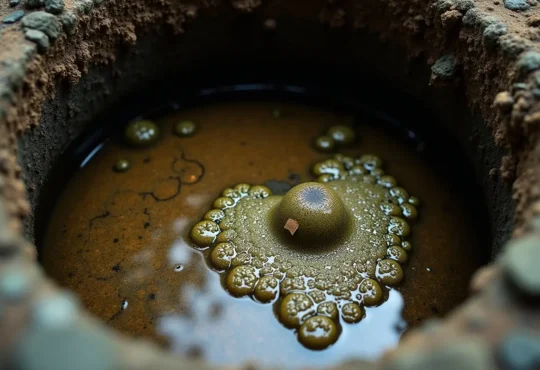
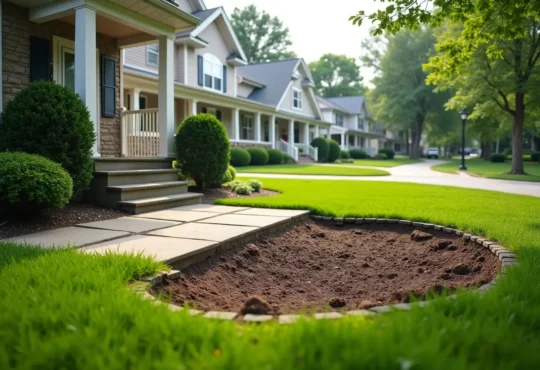
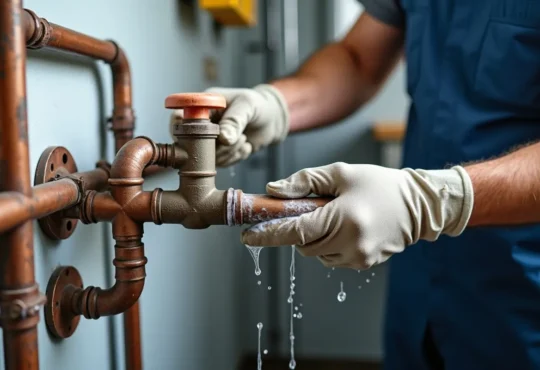
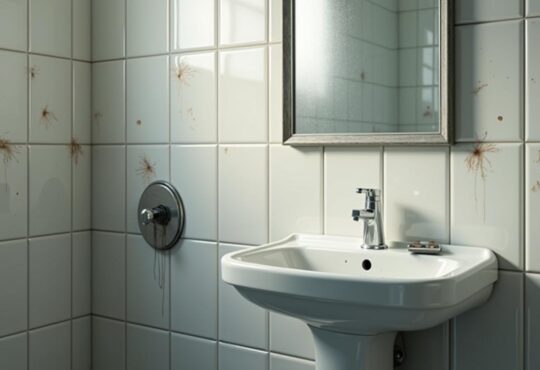
 Hi I'm Joe.
Hi I'm Joe. 